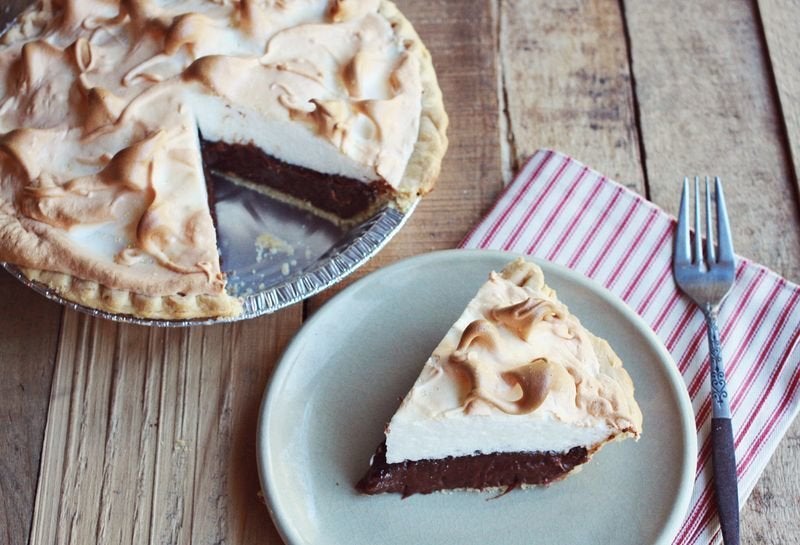When compared with layer cakes and French pastries, it becomes overly clear that pie is one of the easiest desserts to make. All you have to do is toss a filling, throw it into a pie crust, bake (or sometimes not) and enjoy. Its ease is probably one of the reasons that we love pie so much during the summer months. That, and all the great fruit we have on hand to bake in them.
But pie does have one thorn in its heel, and that is the crust. While pie itself is super easy to make, pie crust is not as user friendly. And for the novice baker it can be downright scary.
But bakers, listen to us, don't let pie crust intimidate you. Once you've tried your hand at it once or twice (and possibly thrown a bag of flour across the kitchen and cursed in frustration), you'll soon see that you're truly in control when it comes to crust. There's really not much to it. Just take a deep breath; keep in mind a couple of helpful tips; and remember, that at the end of this pie crust experience comes great pie -- many and many of them.
Here's what you need to know for a stress-free pie crust experience:
- Start with cold butter. Really cold butter. We like to throw our butter in the freezer for about 30 minutes before working with it to make pie crust -- especially during the summer months.
Now that you know everything you need to know when it comes to pie crust, give it a try with this pie crust recipe. You'll be amazed at how easy it can be.
Fill your pie crust with these pie recipes.
This story appears in Issue 74 of our weekly iPad magazine, Huffington, available Friday, Nov. 8 in the iTunes App store.
